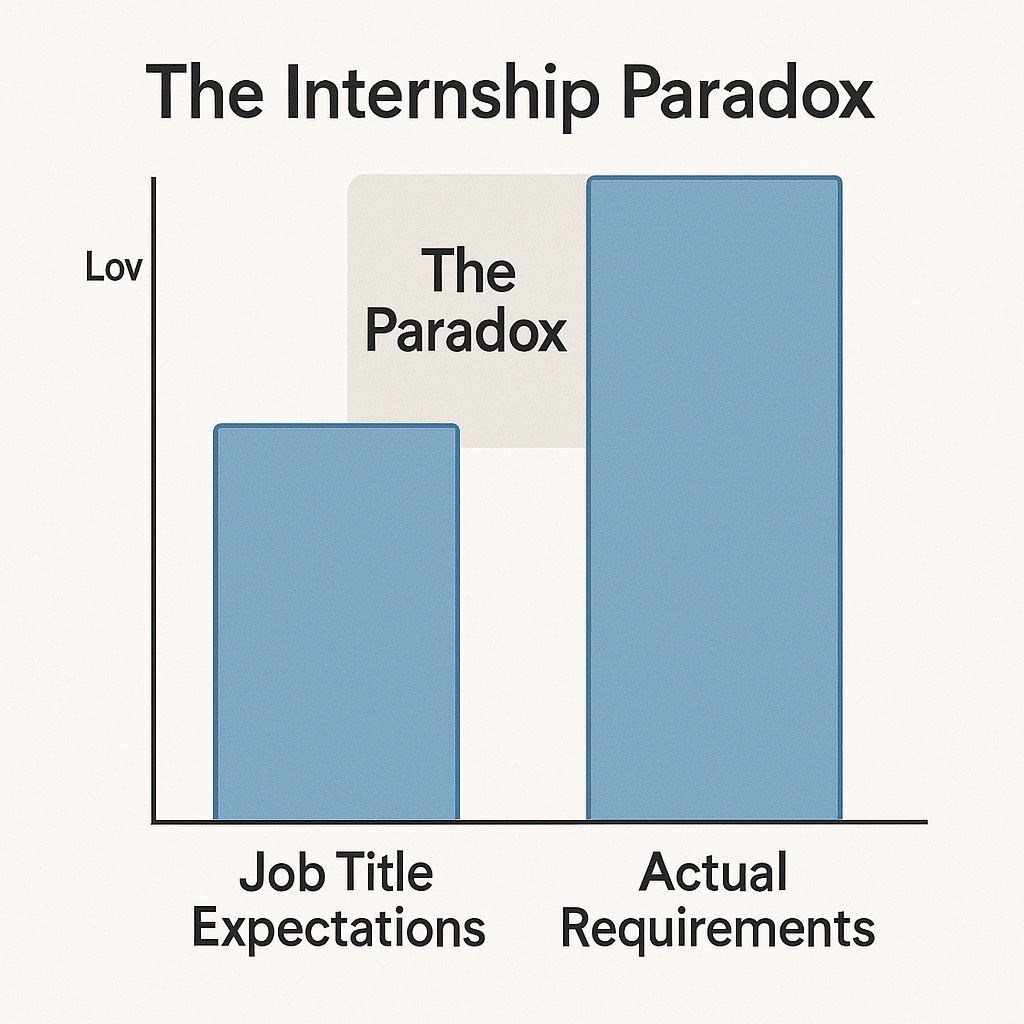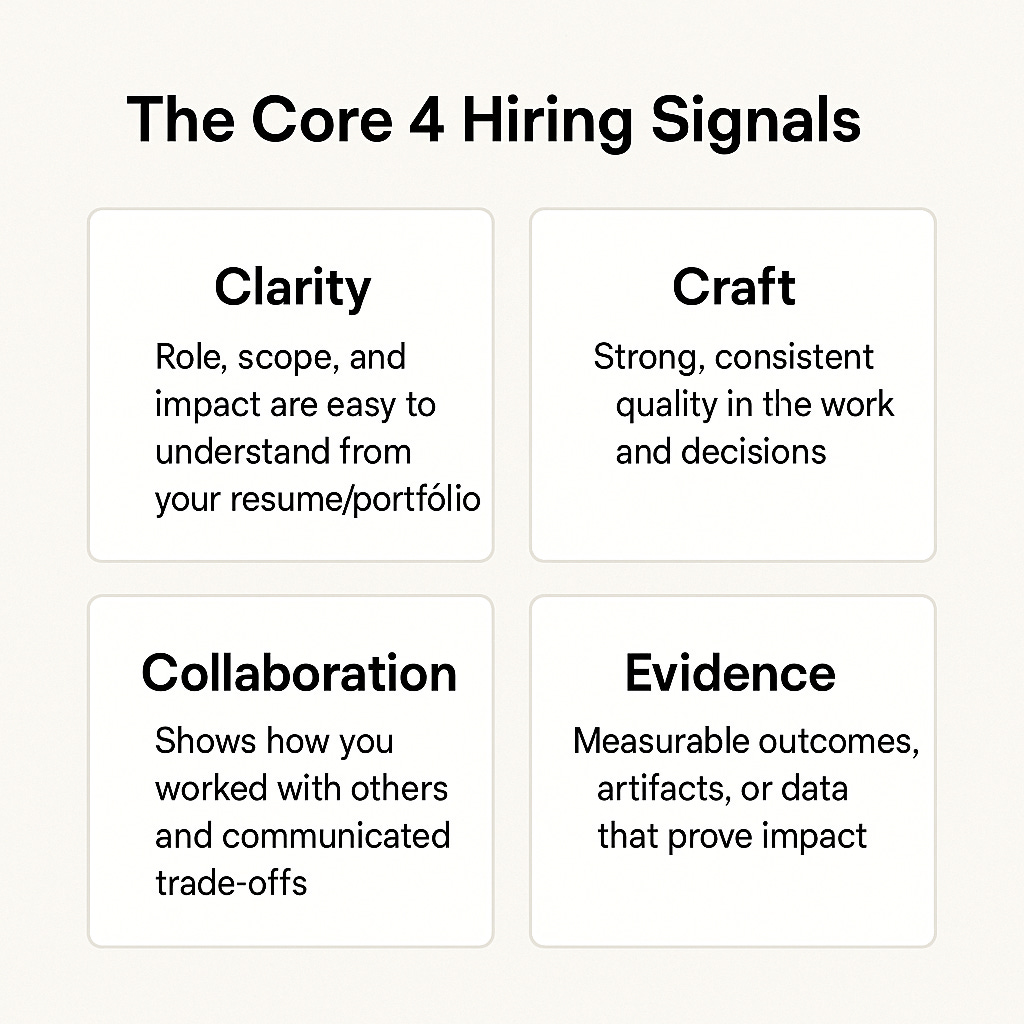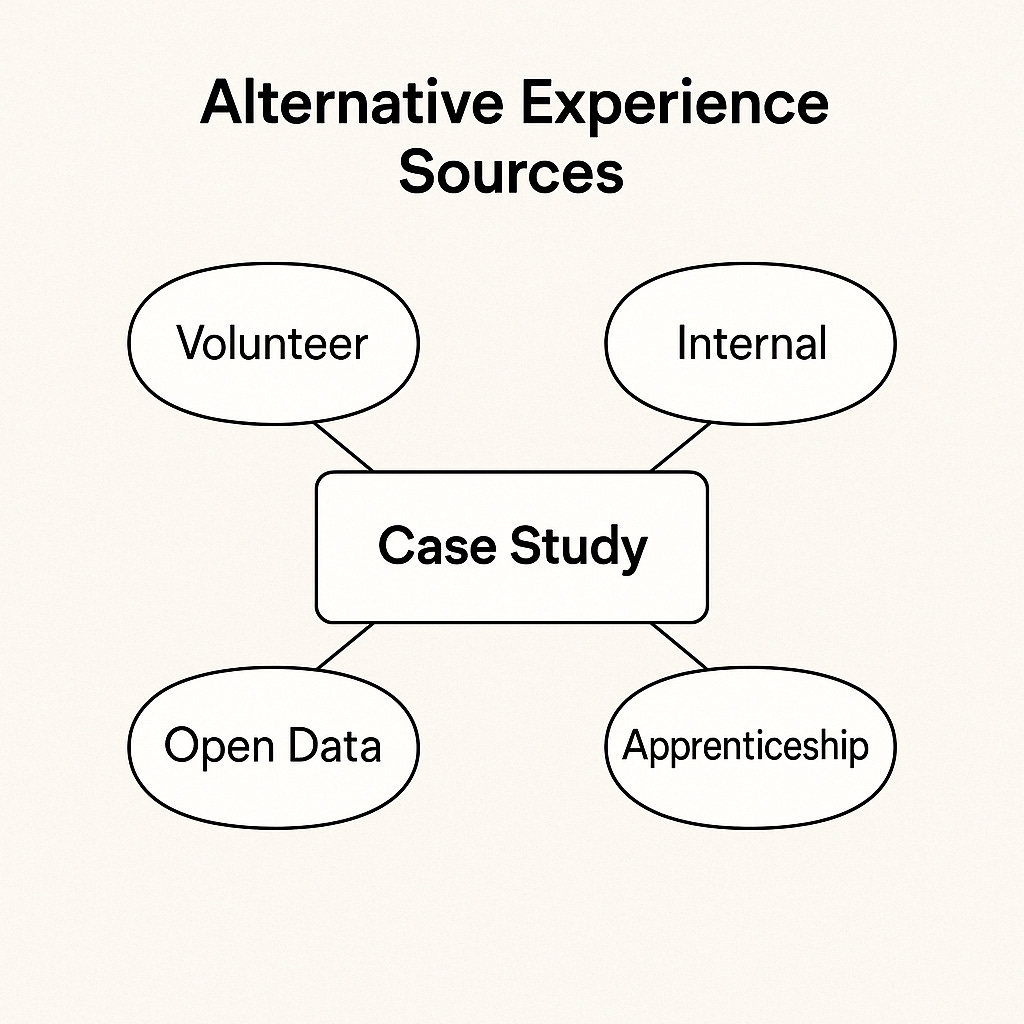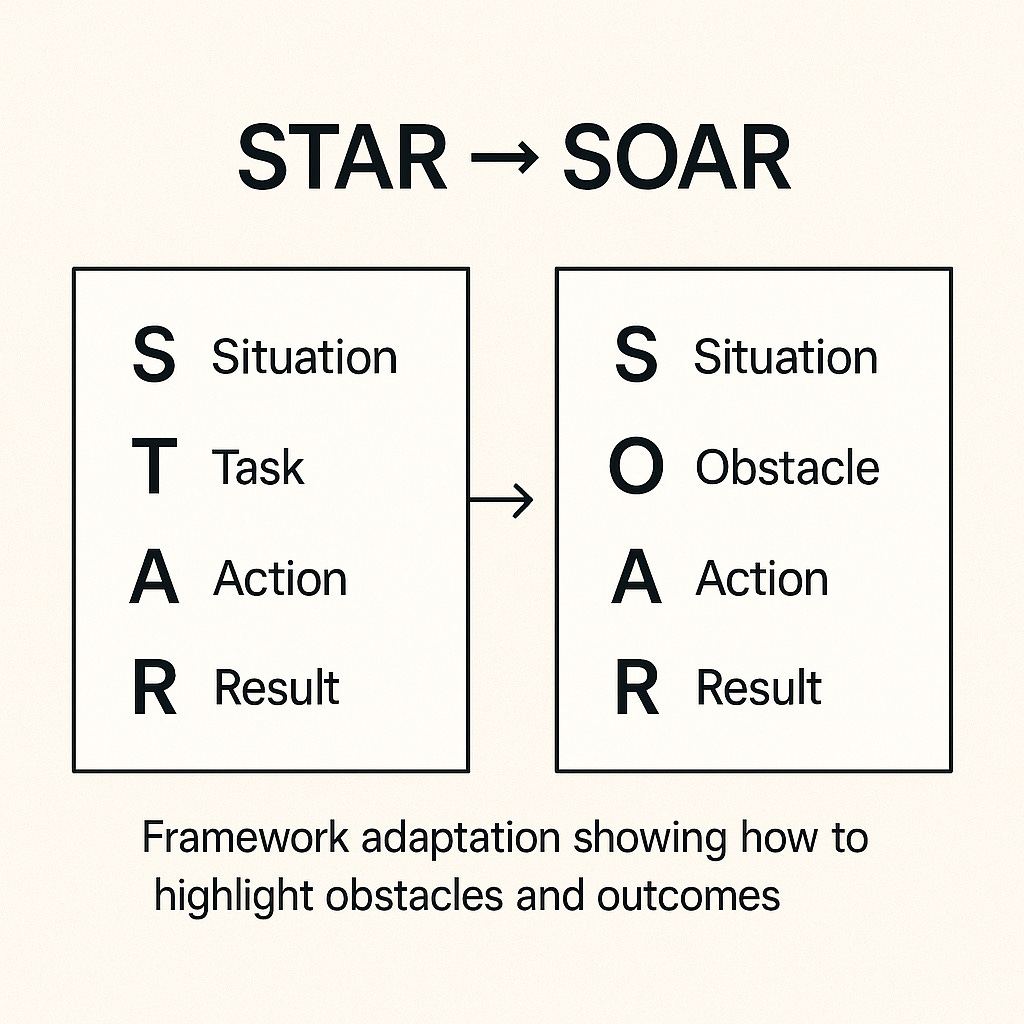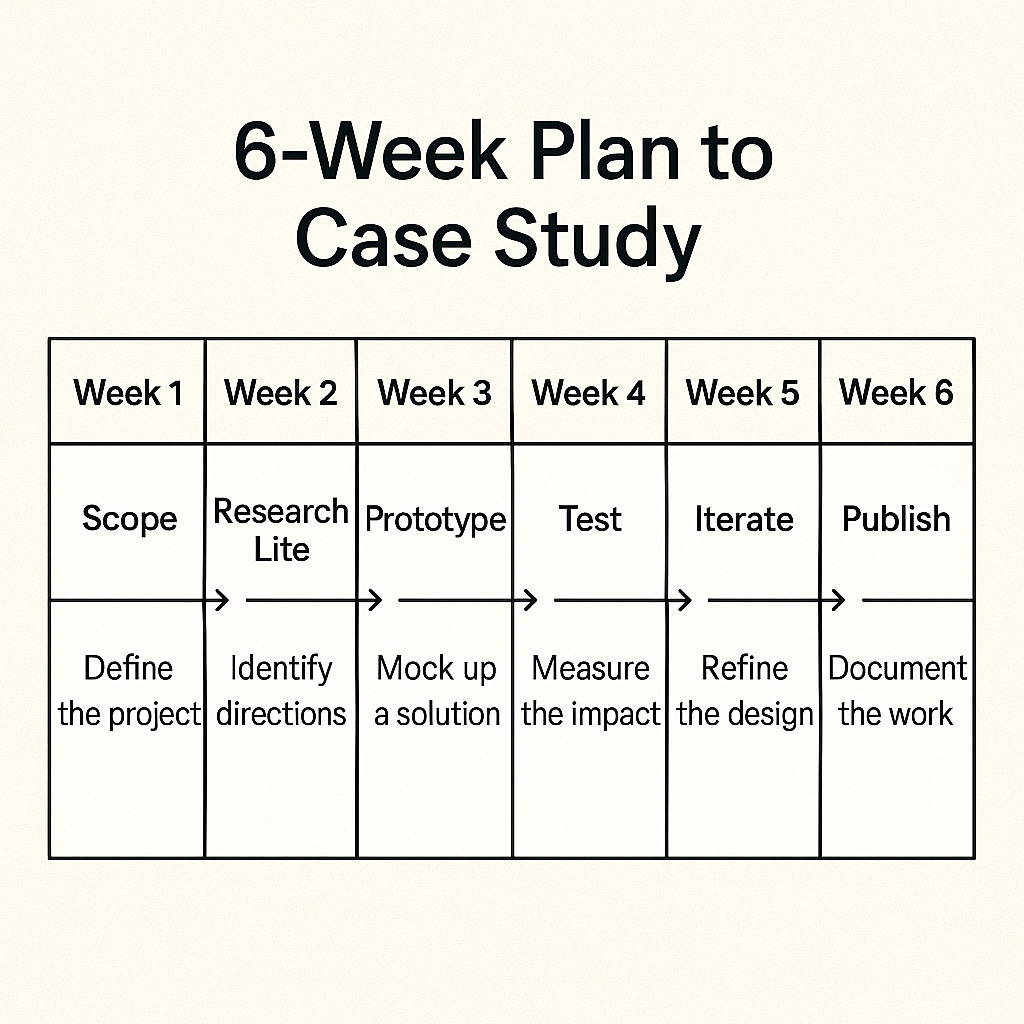The UX Internship Paradox
Why entry-level roles demand senior-level skills and how to respond effectively
Companies advertise “junior” or “intern” roles. Yet the requirements include advanced research, end-to-end design, analytics, stakeholder management, and multiple shipped projects. These expectations are closer to mid-level skills than entry-level.
This is the UX internship paradox: the mismatch between titles and actual requirements. The pipeline is broken, and candidates need to understand both the cause and the remedy.
In This Issue
Why the Pipeline Broke: How We Got Here
What Hiring Managers Actually Look For
The 4 Proofs Your Portfolio Must Show
Fast Ways to Build Real Experience Without a UX Job
The “Internship Stack”: Projects, Mentors, and Signals
Portfolio Tactics that Beat the Paradox
Interview Playbook: Turn “No Experience” into Evidence
Common Pitfalls (and What to Do Instead)
UXCON25 Spotlight: Breaking In -Real Stories, Real Tactics
Resource Corner
Why the Pipeline Broke: How We Got Here
Internships historically meant apprenticeship: safe environments for learning under supervision. Three changes disrupted this model:
Team downsizing - leaner teams require immediate productivity.
AI tools - outputs are commoditized, raising the bar on inputs like strategy and facilitation.
Graduate oversupply - bootcamps and degrees flood the market, while junior slots shrink.
Result: internships are repurposed as production roles.
What Hiring Managers Actually Look For
Despite long job postings, most managers screen for four core signals:
Clarity - Can you define the problem and constraints?
Craft - Can you execute wireframes, prototypes, and content with intent?
Collaboration - Can you show you worked with PM/Eng under real constraints?
Evidence - Do you provide outcomes, not just polished artifacts?
The 4 Proofs Your Portfolio Must Show
Problem Framing — clear articulation of what was solved and why it mattered.
Process Under Constraint — evidence of tradeoffs, deadlines, and limited scope.
Outcome Orientation — measured results, even proxies (task time, error rate).
Collaboration Receipts — proof that other people shaped the work.
Fast Ways to Build Real Experience Without a UX Job
Evidence does not require permission. Options include:
Internal projects - redesign internal tools with stakeholder consent.
Volunteer sprints - nonprofits, small businesses, or community apps.
Open data challenges - practice on public datasets with light testing.
Mentored micro-apprenticeships - co-review and iterate on one case study.
The “Internship Stack”: Projects, Mentors, and Signals
Treat your early career as a product stack:
Project — tightly scoped, measurable, and shippable.
Mentor — guidance, critique, and endorsement.
Signal — something visible: shipped artifact, testimonial, metric improvement.
Portfolio Tactics that Beat the Paradox
Lead with outcomes on your homepage (3 tiles, 1 line each).
Depth beats breadth: one excellent case study is more credible than five weak ones.
Show the “messy middle”: constraints and tradeoffs, not just polished deliverables.
Use video narration (2–3 minute Looms) to tell the story in your voice.
Interview Playbook: Turn “No Experience” into Evidence
Open with the outcome (“Reduced task time by 20% in a pilot”).
Acknowledge constraints (“Two-week sprint, no dev time”).
Translate into risk reduction (“Eliminated a failure path affecting 40% of users”).
Ask product questions to signal strategic thinking.
Common Pitfalls (and What to Do Instead)
Pitfall: “I don’t have real projects.” → Instead: redesign internal workflows with real users.
Pitfall: “I need a big brand.” → Instead: focus on measurable change, not logos.
Pitfall: “I’ll wait for a perfect internship.” → Instead: create a 6-week plan and build one strong case study.
UXCON25 Spotlight
At UXCON25, we’ll confront the paradox head-on: Join us at UXCON25
How one intern turned a side project into a portfolio centerpiece.
Why mentors can accelerate credibility faster than certificates.
How leaders are redefining entry-level expectations in 2025.
And here’s the best part → Thanks to Great Question’s sponsorship, tickets are more affordable than ever. That means the doors to these conversations, and the community behind them, are now open wider than before.
👉 Join us at UXCON25 and be part of the conversation
Resource Corner
Final Thought
Entry-level roles are mislabeled. The paradox won’t vanish soon. But you can navigate it by showing the Core 4 signals, stacking projects with mentors and signals, and framing outcomes over aesthetics.
The market is noisy. Evidence cuts through.


